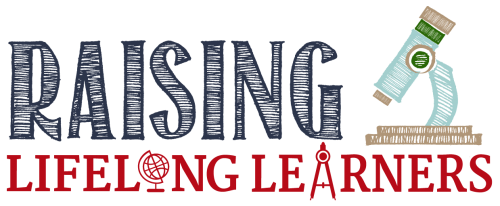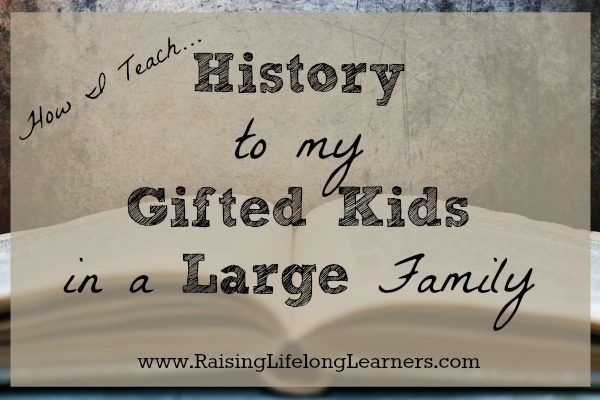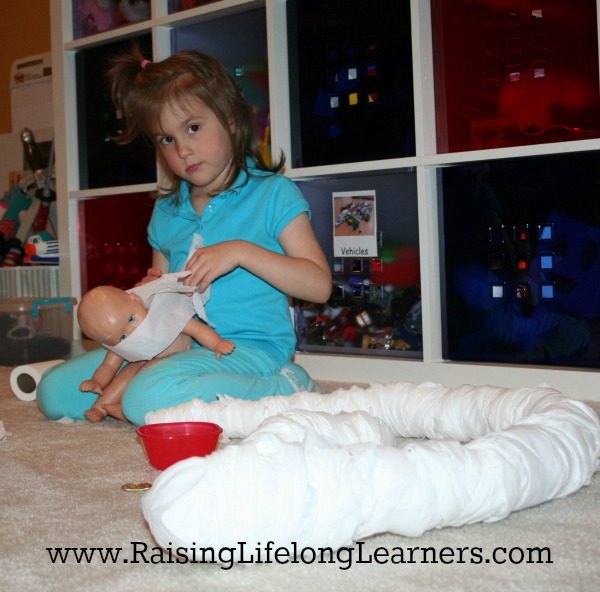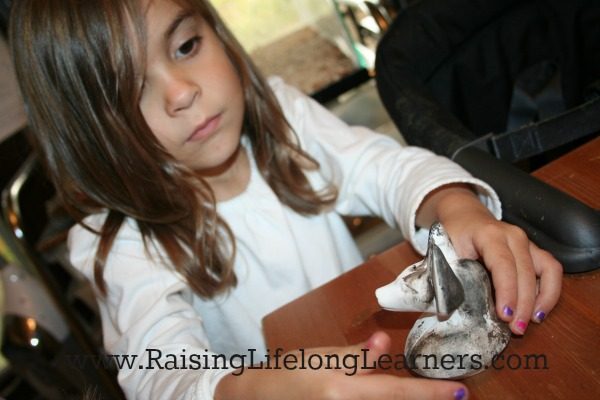How I Teach History to Gifted Kids at Home
Do you have gifted kids at home? Are you trying to stay one step ahead of them, while keeping them learning, motivated, and engaged, all while parenting little ones, keeping up with the housework, and getting regular meals on the table?
You’re in good company.
Today is day three of a five-day series breaking down how I teach gifted kids in a large family subject by subject. Consider subscribing by email so you don’t miss a post, then go back and check out the beginning of the series. Today I’m tackling history.
We all learn history together in our house. Occasionally, one of the kids will be interested enough in a specific topic or time period, and will work on a project of their own based on that topic. But, overall, we use Mystery of History as our spine and jumping off point and branch out from there.
What does it mean to use a program as a spine?
When I say that we use Mystery of History as a spine, I mean that it roughly organizes us, gives us direction, and is used to spur interest in historical topics in a chronological way.
We don’t tie ourselves to the activities included {though we’ve used many of them}, and we don’t feel bad if we cover ten lessons like a read aloud in one day, and then spend 3 weeks on the same lesson because it was interesting and we found great books in the library on the topic and spun it into a unit study.
And that is why we are still studying the first volume after three and a half years. A spine becomes our outline, organizing and making sure we don’t miss important dates, events, and people. From there, we incorporate our faith, our interests, and now a timeline notebook.
Incorporating Our Faith in Our History Activities
One of the greatest blessings of homeschooling is the freedom to incorporate our faith in everything we do. And to recognize historical faith events as they happen and step back to watch and learn.
When Pope Francis was being chosen, we did just that. We stepped away from our regular studies, learned all we could about Papal duties, the office, the Sistine Chapel, and watched the news for word of a decision.
We try to incorporate feast days into our learning as well. Taking a bit of time to read through a collection of books by my friend Joan Arbogast from Pauline Books and Media each month gives us focus and a few fun activities for the kids to do to learn about the different saints we remember.



When the lesson in Mystery of History is about a Biblical figure, we make sure to read the Bible passages related to that person and reflect on that person’s life and its impact. Faith is important – vital – and we are finding more and more ways of living and learning it together.
Incorporating Our Interests in Our History Activities
Molly is fascinated by her American Girl Doll right now. Her doll, Molly McIntyre, “lived” during World War II and worked on the homefront to make a difference in the ways little Patriotic girls of the time did. She performed dances, planted victory gardens, and recycled magazines, tin cans, and rubber tires.
Since she’s so enamored, she’s working on a Molly McIntyre lapbook we purchased from Currclick and is learning all about World War II. Even though I prefer to work through history in a chronological order, she’s interested in it right now, motivated, and will have great background knowledge to bring to the table once we get to World War II as a family.
Sometimes a topic so captivates the kids’ imagination so much that we put everything else away and focus on it for long periods of time. When Ancient Egypt came up in the Mystery of History book, the kids wanted to learn more about mummies. We checked out books from the library, mummified apples, watched videos from Discovery Education, and spent several weeks on what should have taken a few days according to the scope and sequence of our book.
History should be fun and alive for kids. It’s critical to know, understand, and think critically about the things that have happened in our past so we can learn from it and avoid the same mistakes. Homeschooling means that I don’t have to teach them facts to regurgitate on a multiple choice test. I can allow them to experience and understand history from a personal perspective. I can encourage them to think about our past and draw conclusions for themselves.
Incorporating a Timeline Notebook in Our History Activities
Just recently I posted about some changes we’re making this year and how we’ll be incorporating timelines into our history lessons. We’ve already covered a lot of history, and plan to go back through in the next few months and add what we’ve already learned about in our notebooks using the gorgeous timeline figures from Homeschool in the Woods and notebooking pages from our lifetime membership to Notebooking Pages.
Once we’re caught up, we’ll add people as we study them or come across them in a book, movie, or lapbook. The timeline notebook will kind of become a living, breathing, growing record of our learning. I’m so excited to see what it will become for all of us.
Besides all of the things I’ve already mentioned, one of my favorite ways of teaching history to multiple gifted kids is to introduce them to good books – either through read alouds or book suggestions – that give them a background glance into a time period or historic event. Books have the ability to expose kids to so much rich learning. Don’t discount the power of reading.
My kids are really into biographies right now. Trevor is reading them independently and the girls are asking Brian to read them aloud at bedtime. They’ve learned about Anne Frank, Ronald Regan, The Boston Tea Party, and so much more, just by listening to stories.
Do you have tips and tricks or fabulous activities to help teach history to bright kids? I’d love to hear them – and I’m sure other readers would too. Share in the comments if you get a chance.





